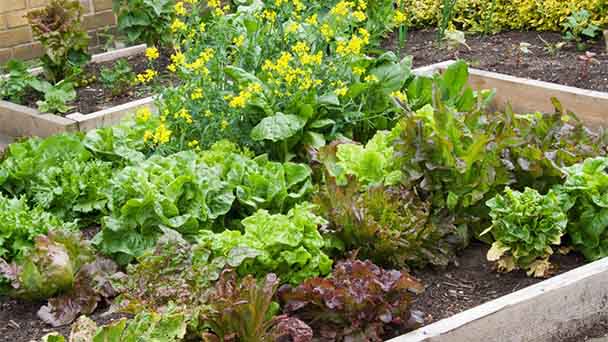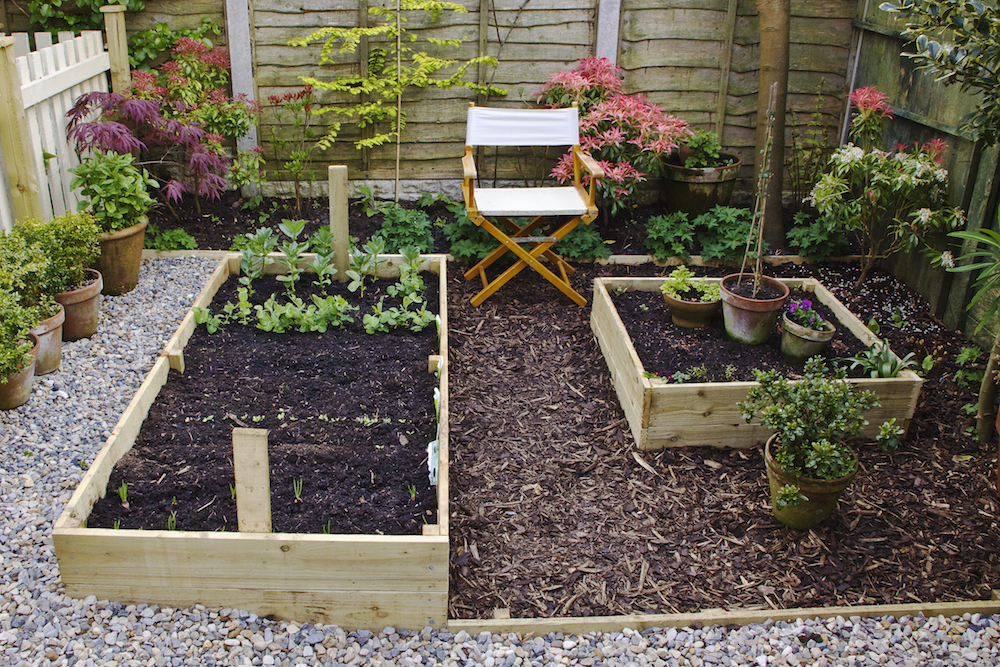How to plan a small garden layout
Written by Joy
Sep 29 2020

Who else thinks that spring may never come? It's time to comsider how to plan your small garden layout! The good news is that warm weather is just around the corner.
Now, although most people like to plan small gardens rather than perform other seasonal home improvement tasks, such as cleaning drains, it still takes time and effort. So what are the factors that influence the layout of the small garden? How to plan a small garden layout?
Now, although most people like to plan small gardens rather than perform other seasonal home improvement tasks, such as cleaning drains, it still takes time and effort. So what are the factors that influence the layout of the small garden? How to plan a small garden layout?
Consider local conditions
Each garden has its own microclimate. You'd better research the types of plants that best suit local conditions, such as the weather, rainfall, yard configuration, and soil type in your small garden.Let the sun shine in
You should make sure that no plants are blocked by taller neighbors so that they can get the sunlight they deserve. In a shady small garden, you may want to trim existing trees to reduce light. If pruned correctly, pruning will also help the health of the tree.Diversity in small gardens
What should pay attention to is that the diversity is the spice of the garden of life. You can change the height, shape, proportion, and even texture of the selected plant when planning a small garden layout. You want to give the impression of a lovely natural grassland. Are you tired of looking at the monochrome snow-covered landscape? You can choose flowers that can make your yard exude brilliant colors. From spring to autumn, the different plants in the flowering season are mixed together to form a colorful garden.Addicted to smell
Sweet perfumes from scented plants such as freesia will add a pleasant extra space to your garden. Two advantages: you will attract pollinators such as birds and bees, and you will be able to enjoy the fragrance for a long time after dark.
Use the correct landscape enhancement effect
How can you make your small garden a place where you linger? By adding one or two rustic benches, or installing Zen water function. If possible, hiring a landscape architect to enhance your design is of course very good.Beware of invasion
You ought to avoid plant types that will occupy the entire land, especially if there is only a small garden. However, if you absolutely must have a fast-growing flower like purple loosestrife, you can limit its growth by planting it in a container while planning your small garden layout.Try to use the garden planning app
You can get some high-tech help to design your small garden layout, save the design when satisfied, and even let you know what tools and supplies are needed to bring your vision into a glorious life.Organize logically.
First, you should consider where it works best among tall plants (such as shrubs). Then you could put some smaller flowers around them. You should always work forward from the back of the garden. (Perennials should also be placed backwards because they need to be dug out and replaced less frequently than annuals.)Visualize your little garden
You should buy seedlings from the nursery, or start flowering plants from indoor seeds. To get a good idea of how your garden layout works in real life, you could arrange young plants that are still in pots. Reposition them until you are sure that you have everything your way when planning a small garden layout.Postpone planting until next fall
Although you might want to start as soon as possible, you'd better be aware that bulbs like tulips or daffodils should be reserved for autumn planting. They need several weeks of cold to thrive. The good news is that placing these bulbs on the ground two weeks before the first frost will give you a step ahead in the beautiful small garden next spring.Latest Updated
- Benefits of Bugleweed - 7 Science-backed Health Benefits
- Bugleweed Dangers & Side Effects - Is It Poisonous?
- How to Plant Evergreen Trees - What You Should Know
- When to Plant Evergreens - Grow Guide for Evergreen Trees
- 12 Wonderful Evergreen Shrubs for Your Garden
- 12 Popular Evergreen Plants with Pictures for Beginners
- When And How To Prune A Lilac Bush Like a Pro
- How to Grow & Care for Lilac Vine (Hardenbergia Violacea)
- Japanese Lilac Tree (Syringa Reticulata) Care & Propagation Guide
- Shumard Oak Pros and Cons - What to Know
Popular Articles
- Winter maintenance of Antirrhinum Majus
- How to Grow Terminalia Mantaly Tree
- How to Grow and Care for Crossostephium Chinense
- How to grow Antirrhinum Majus in spring
- Peristeria Elata (Dove Orchid) Profile: Info & Care Guide
- Underwatered Snake Plant (Sansevieria Trifasciata) - Signs And How To Fix
- How to Care for Brazilian Jasmine Plant (Mandevilla Sanderi)
- How to Grow & Care for Graptopetalum Purple Delight in Summer
- Rosa Chinensis (China Rose): Plant Growing & Care Tips
- How to Care for Baby Sun Rose (Aptenia Cordifolia)